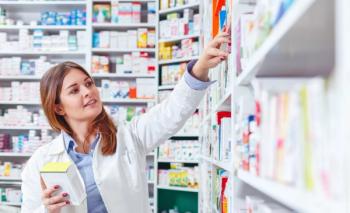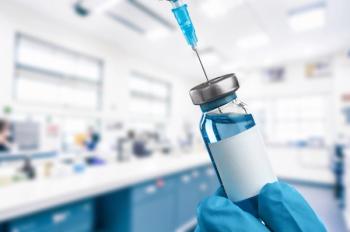
Pharmacists and Patients Worry About Naloxone Dispensing
Naloxone is available, but is it actually being used?
Even though many pharmacy chains across the United States are offering naloxone to treat opioid overdoses, many patients who need the life-saving drug do not ask for it and pharmacists are hesitant to offer it, a new study has found.
In the
“There’s this tension between patients who are afraid of the stigma associated with asking for naloxone and pharmacists who worry about damaging relationships or breaking trust with patients by offering it,” said Traci Green, PhD, lead author of the study and Associate Professor of Emergency Medicine at Boston University School of Medicine and associate director of the Injury Prevention Center at Boston Medical Center (BMC). “It’s these fears that hold pharmacists back from offering naloxone to people who may need it for themselves or their family”.
Green and other researchers conducted eight focus groups in Rhode Island and Massachusetts with 61 people, including pharmacists, pain patients, current and former drug users, and family members of people who use opioids. Eleven were pharmacists, of whom a majority had dispensed naloxone to patients. Only a few of the consumer participants had received naloxone from a pharmacy.
They found that very few of the consumer participants had obtained naloxone at pharmacies. “Four themes emerged: consumer fear of future consequences if [they request] naloxone; pharmacists' concerns about practice logistics related to naloxone; differing perceptions of how opioid safety is addressed in the pharmacy; and solutions to addressing these barriers,” Green wrote.
All the focus groups said they supported the pharmacist's role and that they prefer an “opt-out” model of offering naloxone in the pharmacy, rather than the current model that requires customers to ask for the drug.
The opt-out model offers naloxone to all patients obtaining opioid prescriptions or those with identifiable medication-related risks, such as those taking high doses of opioids for pain or opioid use disorder, or those who are opioids along with sleep aids or anxiety drugs. This model would also target anyone who picks up those types of scripts for family members.
“Most overdoses occur at home or with a loved one close by. With expanded naloxone access in the pharmacy setting, we have the opportunity to give people the choice to keep themselves and their family safe, and reduce the stigma of getting naloxone and of addiction,” Green said. “Our study suggests that, by giving pharmacists the model and language to do so, they have the power to save a life with naloxone.”
The study results are part of the larger MOON study, led by Green and others at BMC in collaboration with researchers at Boston University, Lifespan Hospitals of Rhode Island, and the University of Rhode Island.
The three-year project is funded by the Agency for Healthcare Research & Quality, which is working with local pharmacies in Massachusetts and Rhode Island to determine the best way to provide naloxone in the pharmacy setting.
Newsletter
Pharmacy practice is always changing. Stay ahead of the curve with the Drug Topics newsletter and get the latest drug information, industry trends, and patient care tips.

















































































































